Our Favorite Gardens to Visit in Ile-de-France
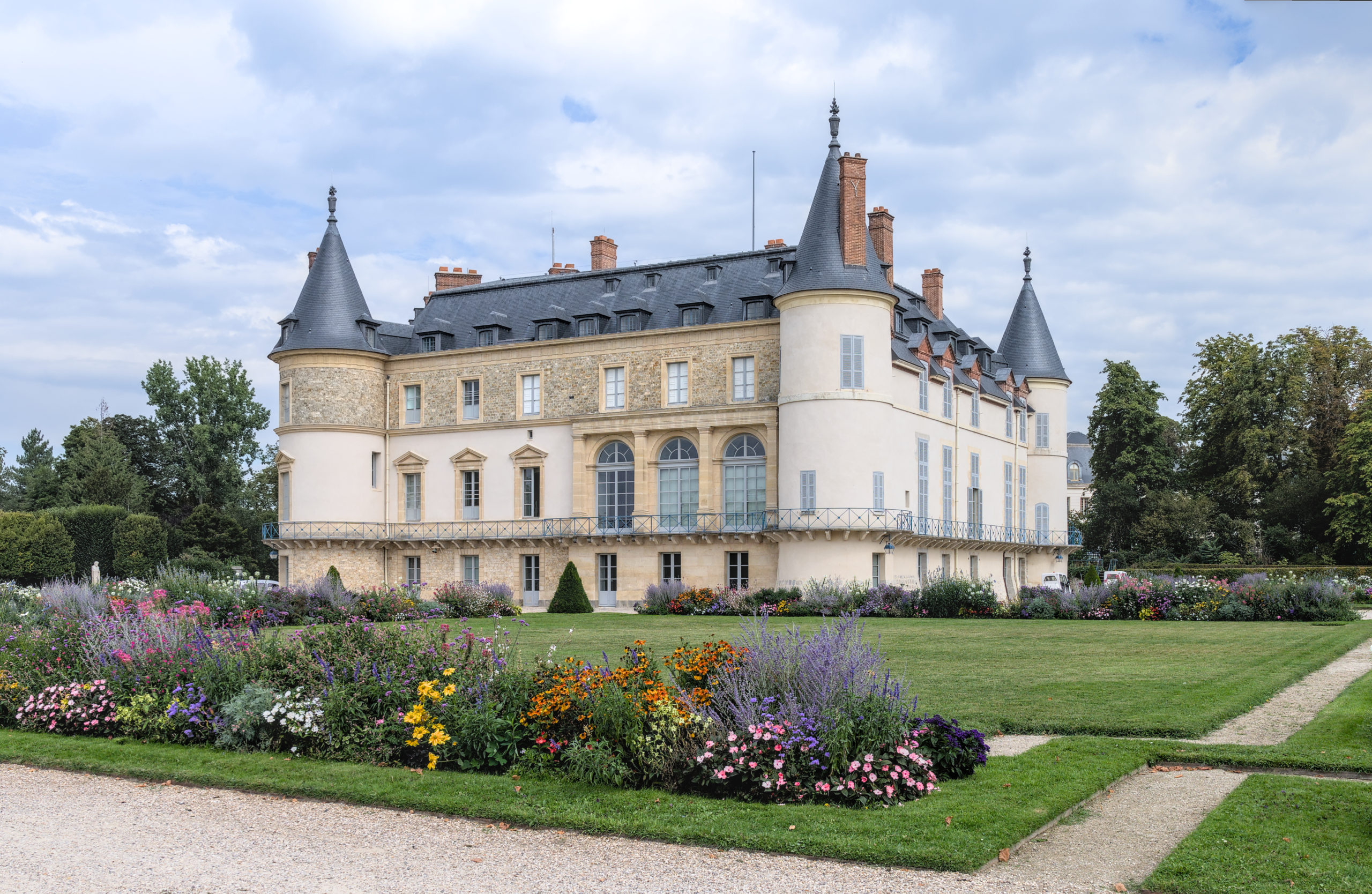
Château de Rambouillet. Benoit Brummer / CC
Although the gardens of Versailles might be the most famous in the greater Parisian region, there are dozens of other magnificent gardens encircling Paris. These vary in style from formal jardins à la française to historic kitchen gardens, while others are designed in the more relaxed English or picturesque style! We’ve organized them geographically in order to provide you with itinerary ideas for exploring these best gardens in Ile-de-France.
South & Southwestern Paris
Although the showstopper of this zone around Paris is Versailles, there are a number of gorgeous other gardens scattered around the south and southwest of the capital.
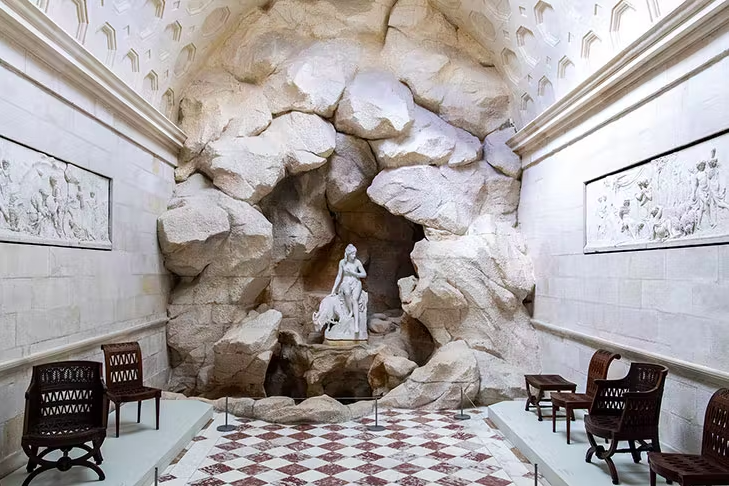
The Queen’s Dairy at the Château de Rambouillet. Photo: © Thibault Chapotot/CMN
Chateau de Rambouillet
Medieval on the outside, yet Rococo on the inside, this 14th-century fortress was acquired by Louis XVI in 1783. Originally interested in using the property’s 47,000-acre forest for hunting, the King commissioned a dairy, similar to the hamlet at Versailles, in an effort to please Queen Marie-Antoinette. Confiscated during the French Revolution, Napoléon stayed at Rambouillet on occasion, who left his mark with a Pompeian style bathroom and the Allée de Cyprès chauves de Louisiane, lined by bald cypress from Louisiana.
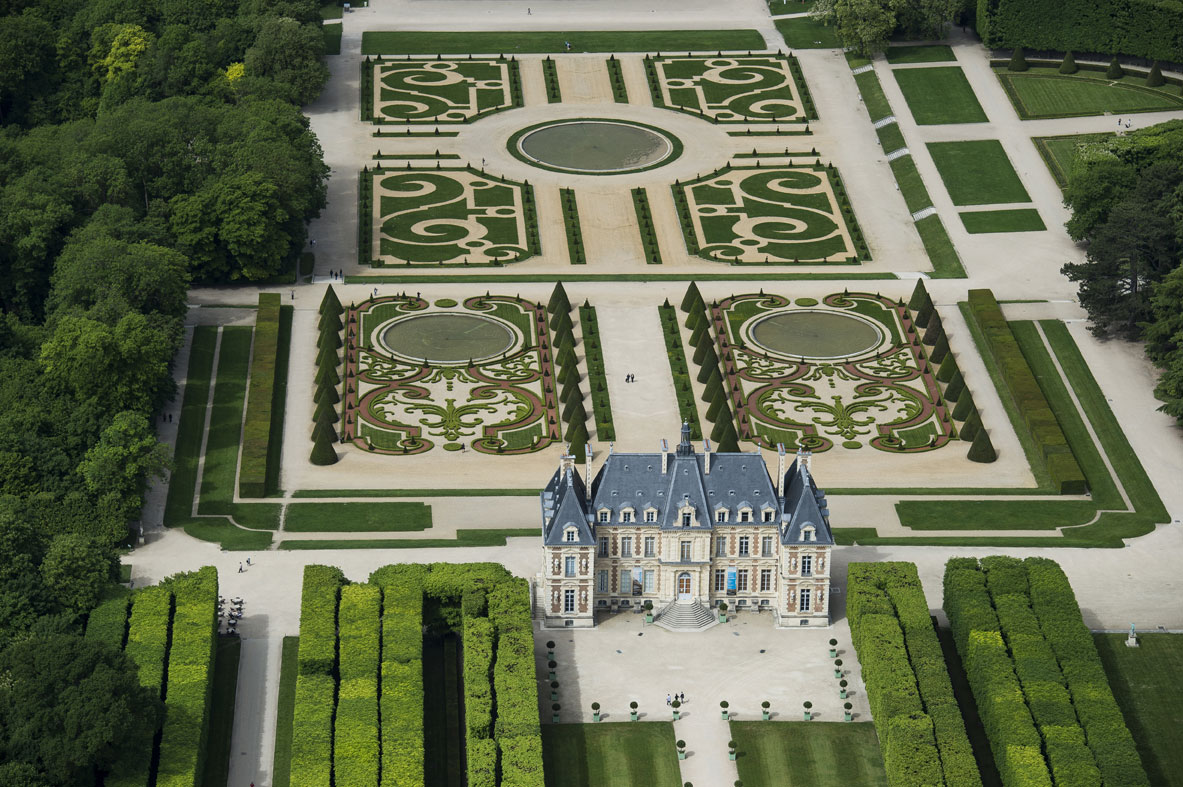
©Domaine de Sceaux
Domaine de Sceaux
Built by Louis XIV’s First Minister of State, Jean-Baptiste Colbert, the elegant chateau is more renowned for its gardens. Originally designed by André LeNôtre, the vast gardens include a grand canal, parterres, broderies, and an Orangerie, similar to Versailles. Today its cherry orchard attracts thousands of visitors every April. Sceaux is well worth the visit at any time of year, whose museum features a notable art collection.
Southeastern Paris
There are some glorious gardens to visit in the southeast of Paris, which we recommend visiting separately as either full day or half day options, as indicated in the description of each venue.
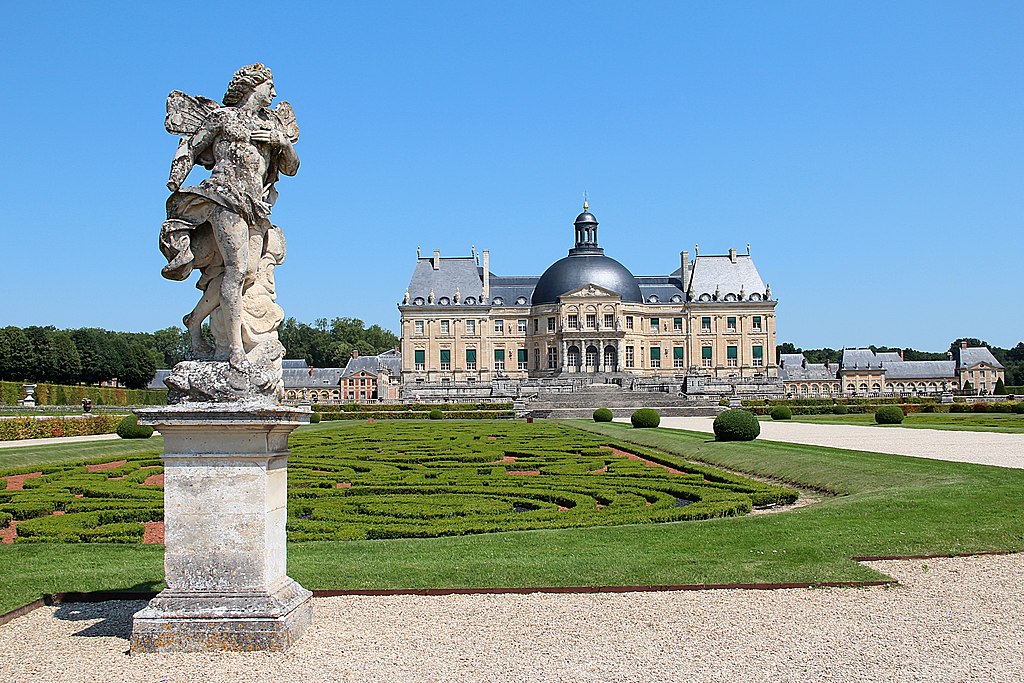
Gardens and château de Vaux-le-Vicomte. Jean-Pol GRANDMONT / CC
Vaux-le-Vicomte
This château and gardens predated the development of Versailles and are widely considered the most beautiful example of 17th-century French gardens. Commissioned by Louis XIV’s Minister of Finance, Nicolas Fouquet, Vaux was created by three of the greatest artists of the era – the painter Charles LeBrun, the architect Louis LeVau, and the landscape architect André LeNôtre. This joint collaboration transformed French art, architecture, and landscape design setting the mode for future generations of garden patrons.
To better understand the artistic signficance of Vaux-le-Vicomte, we can combine this visit with a trip to the nearby medieval fortress of Blandy-les-Tours. This gives us the opportunity to better understand how Fouquet encouraged LeNôtre to break with the past and create a modern cultural landscape. More on our full-day excursion to Vaux le Vicomte here.
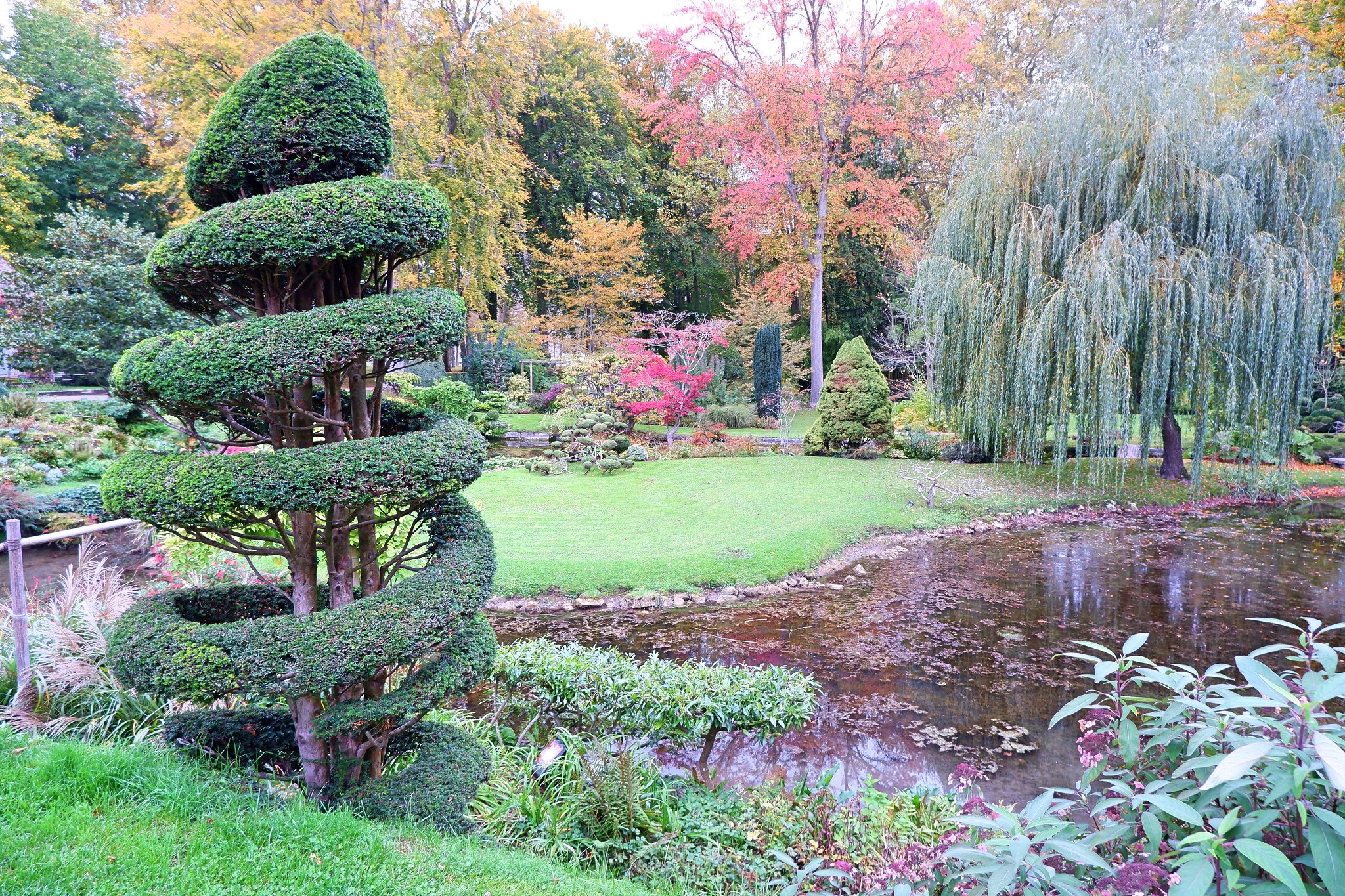
Japanese Gardens at the Chateau de Courances
Château de Courances
Completed in 1630, this Louis XIII-style castle was abandoned in the 19th century and saved from demolition in the 1870s by Swiss banker Baron Samuel de Haber. It was later sold to its current owners, the Ganay family, who have owned it for four generations. The château is found within a 200-acre park which has Le Nôtre-inspired gardens, a kitchen garden and a beautiful Japanese garden. The castle is open weekends April to November and can be visited on half-day excursions or full days with the Caillebotte property or other options.
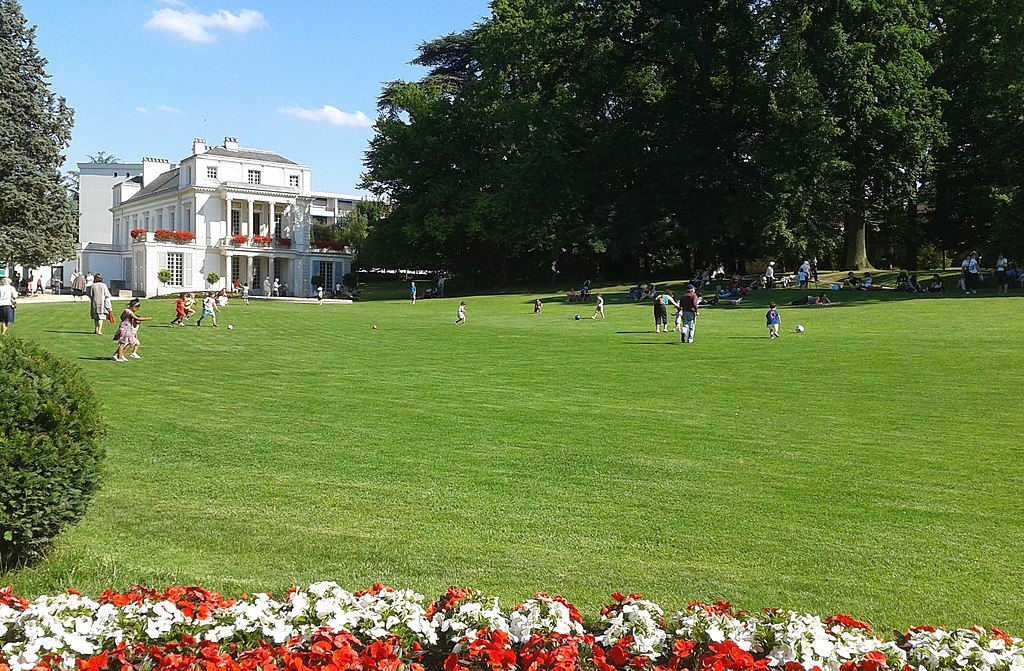
Propriété Caillebotte. Kelian8 / CC
Propriété Caillebotte
A lesser known fact about Impressionist Gustave Caillebotte was his talent as a gardener, something which can be witnessed firsthand on a visit to his former home, found a mere 40-minute drive from central Paris. It was on his family’s estate in Yerres, that Caillebotte painted his first studies of gardens and nature, which sparked his interest in painting. Exhibiting in the second Impressionist exhibition in 1876, Caillebotte also helped support the fellow artists of the movement by purchasing their works, 40 of which are part of the collections of the Musée d’Orsay. We’ll be able to explore his career, collections and inspirations on this excursion. This trip includes a visit to his home, which has been restored to its nineteenth century splendeur, the gardens, and an exceptional kitchen garden that Caillebotte cultivated himself and commemorated in several paintings.
Northwestern Paris
The northwest of Paris can be visited on a full-day tour including the gardens of Giverny, the Château de La Roche-Guyon and Domaine de Villarceaux. Read on to discover this exceptional and very different gardens. Giverny can also be combined with the Orangerie Museum in Paris.
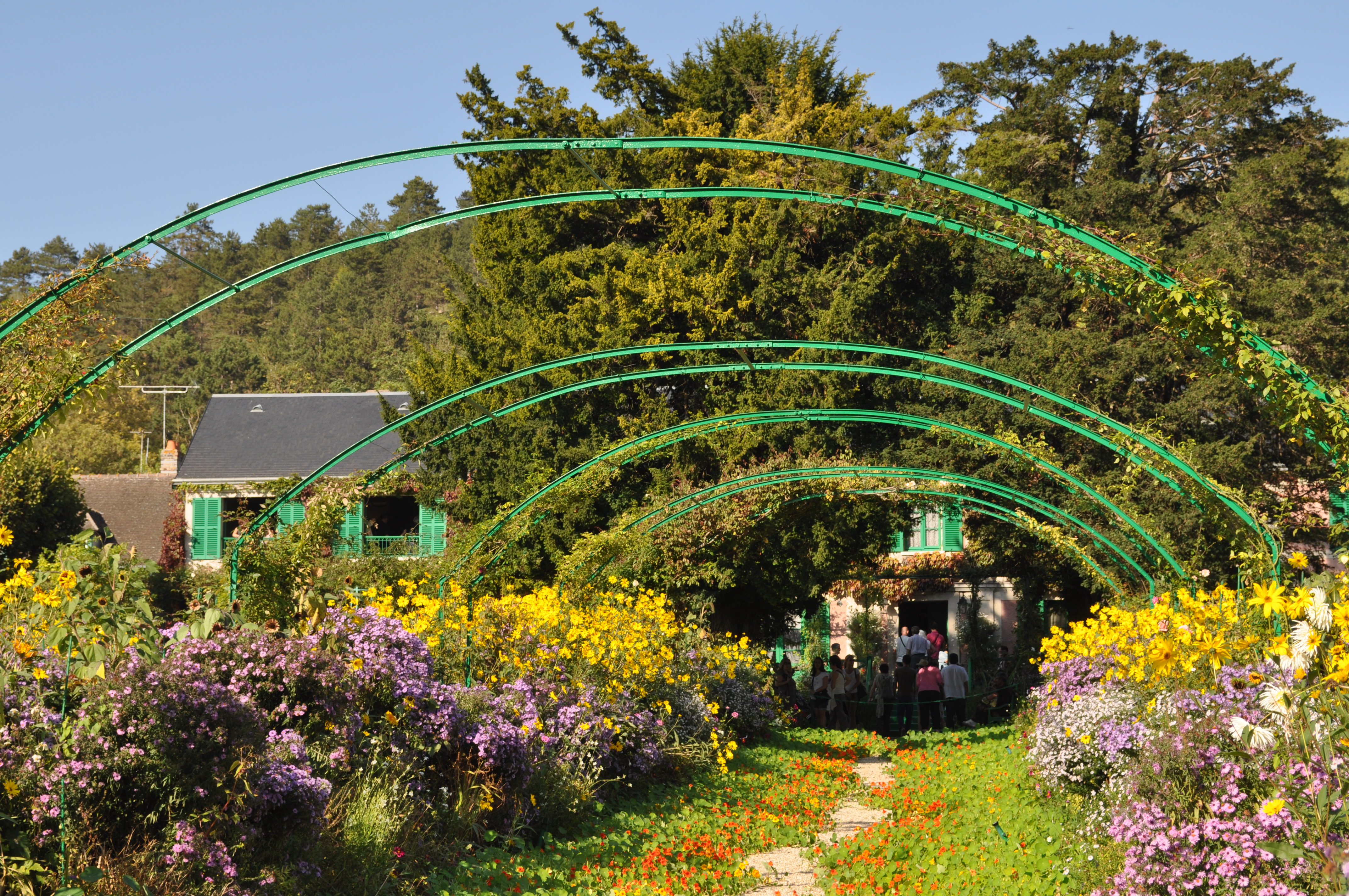
Fondation Claude Monet, Giverny
Fondation Claude Monet, Giverny
After Versailles the exquisite gardens of Claude Monet are likely the most popular gardens around Paris. After acquiring his property in the Normand village of Giverny in 1883, the Impressionist painter gradually transformed the surrounding landscape into a private garden which inspired his work, that of other artists and also helped define the Impressionist movement. The gardens are extremely well-maintained today and provide wonderful insight into Monet’s own work.
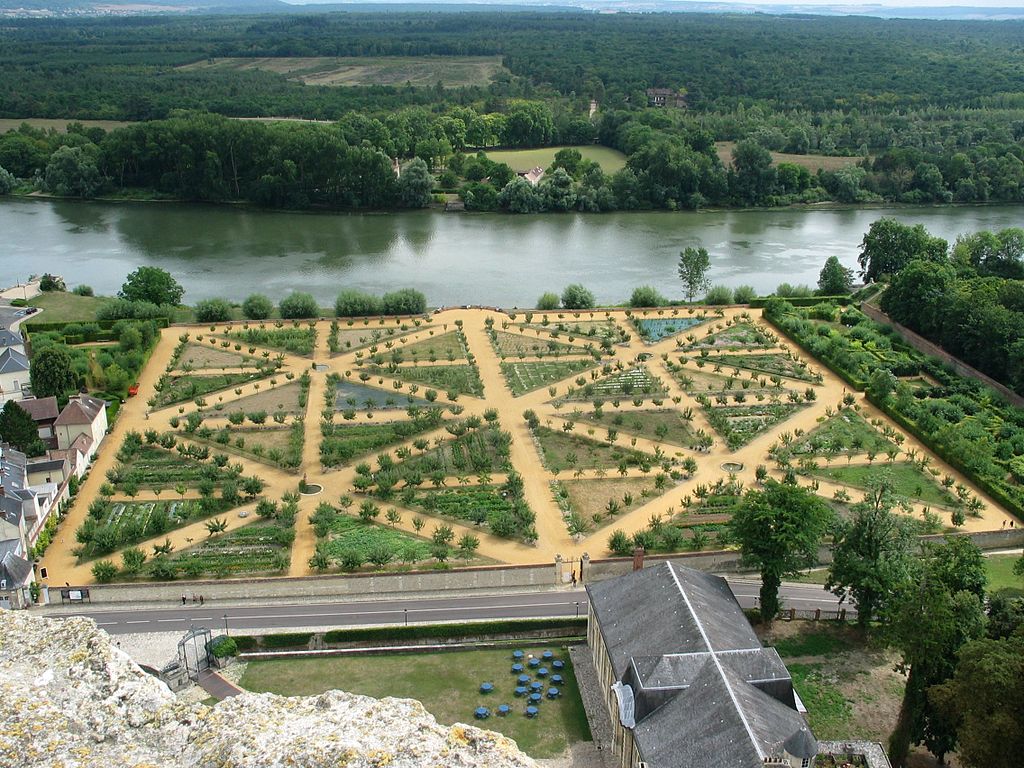
The Kitchen Garden of le Château de La Roche-Guyon. DocteurCosmos / CC
Château de La Roche-Guyon
Clinging to a steep promontory overlooking the Seine River about 5 kilometres from to Giverny, this castle has many layers of history. Built in the 12th century to control boat traffic, we can still see the medieval tower that dominates views over the Seine. The following century a fortified manor house was added below the fortress. The castle’s strategic location was also noticed by German Field Marshal Rommel, who used it as his headquarters during WWII. The castle has an impressive kitchen garden, which was expanded in the 18th century by Duke Alexandre de La Rochefoucauld, a friend of Thomas Jeffersons when he was in Paris. They exchanged seeds and plants, which we can imagine when we visit the 3.8 hectares garden, the the largest kitchen garden in Ile-de-France after le King’s Kitchen Garden at Versailles.
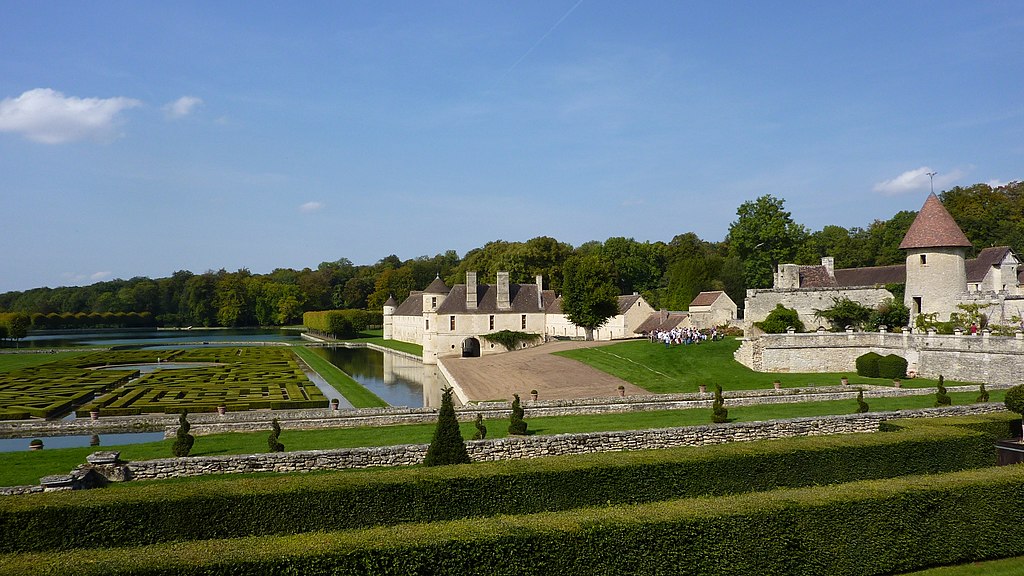
Domaine de Villarceaux. / CC
Domaine de Villarceaux
This historic estate in the Val d’Oise dates to the 9th century where we can see ruins of the original medieval castle and can boast one of the most extensive gardens in Ile-de-France. The 70-hectare park includes a French formal garden, a water garden and a rare vertugadin (or amphitherater), an 18th-century space for outdoors performances. Dotting the vast estate are several chateaux and manor homes, one of which was the countryside getaway of Ninon de Lenclos, a famed 17th-century author, courtesan, and patron of the arts.
We are happy to work with you to create the perfect half or full day excursion to any of these gardens or combinations. Start the conversation at this link.

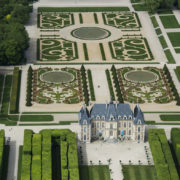


Leave a Reply
Want to join the discussion?Feel free to contribute!